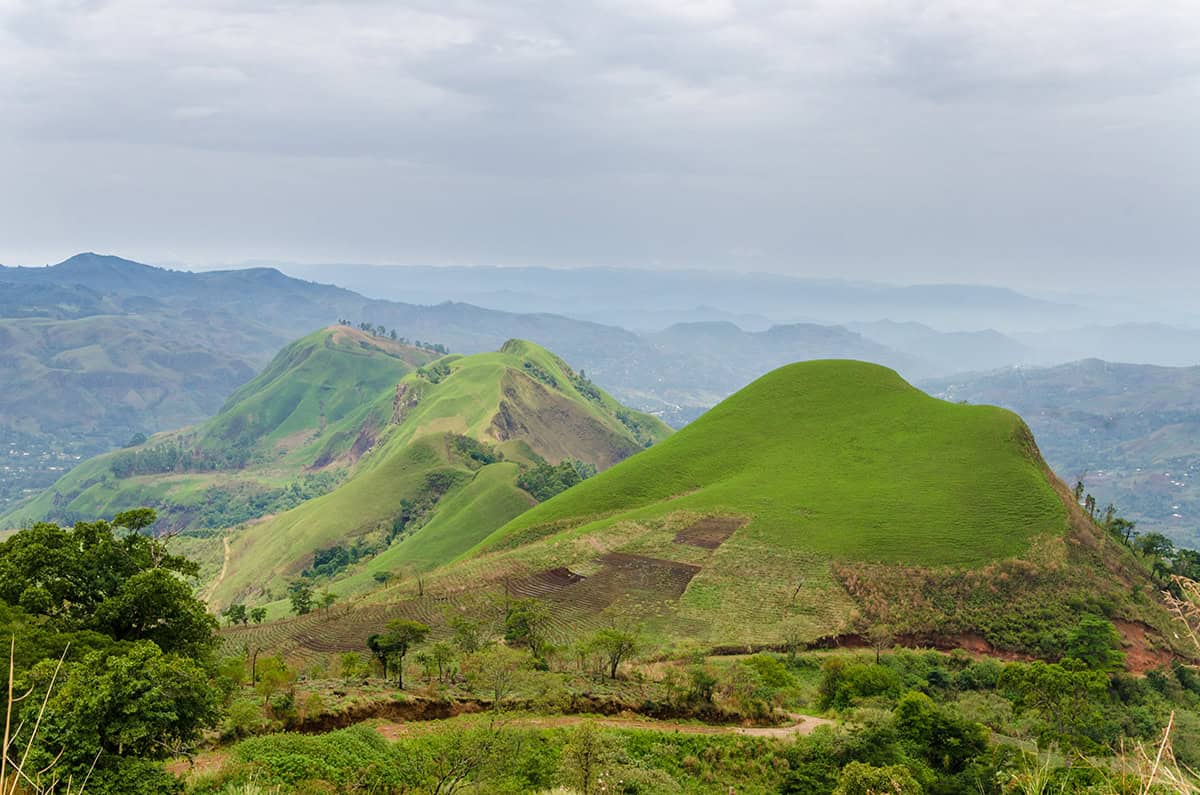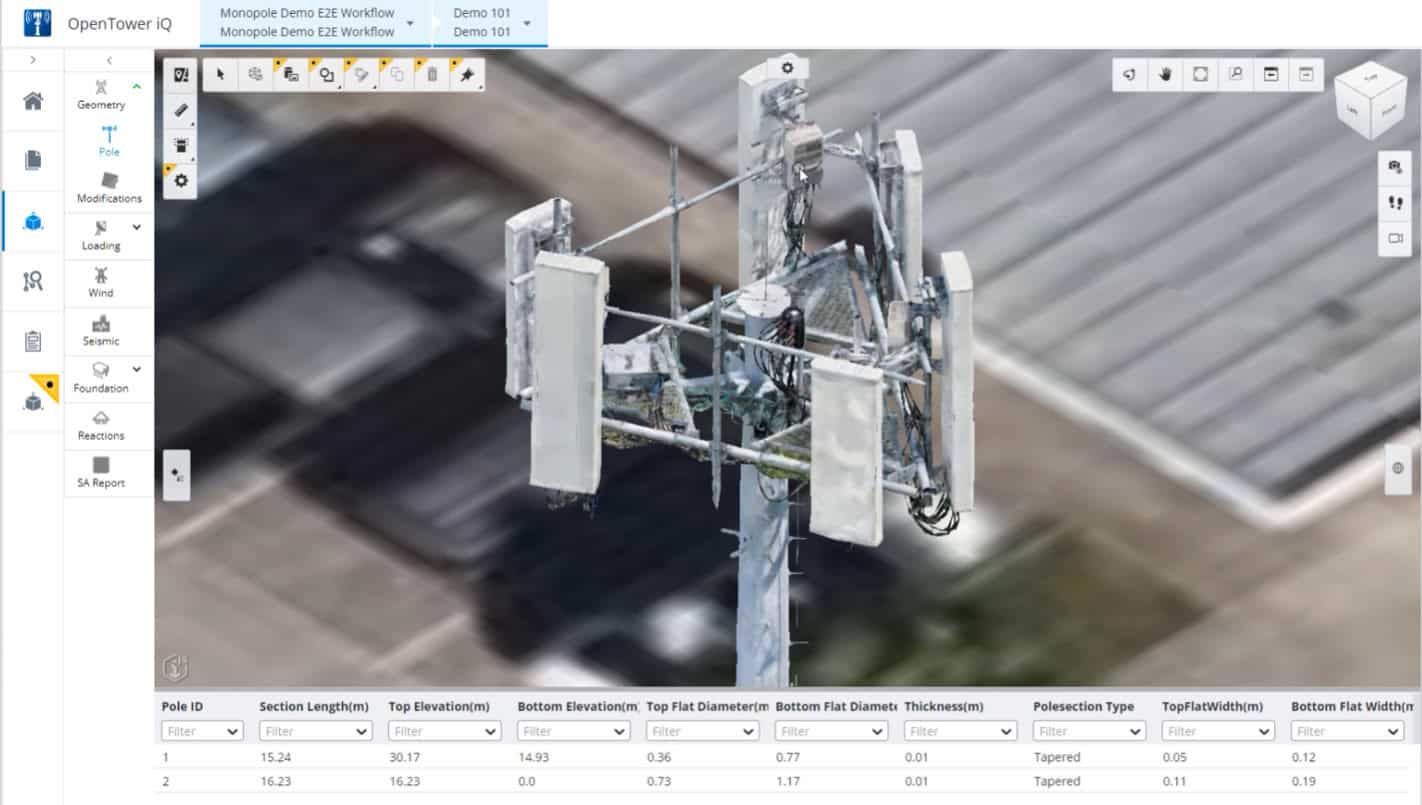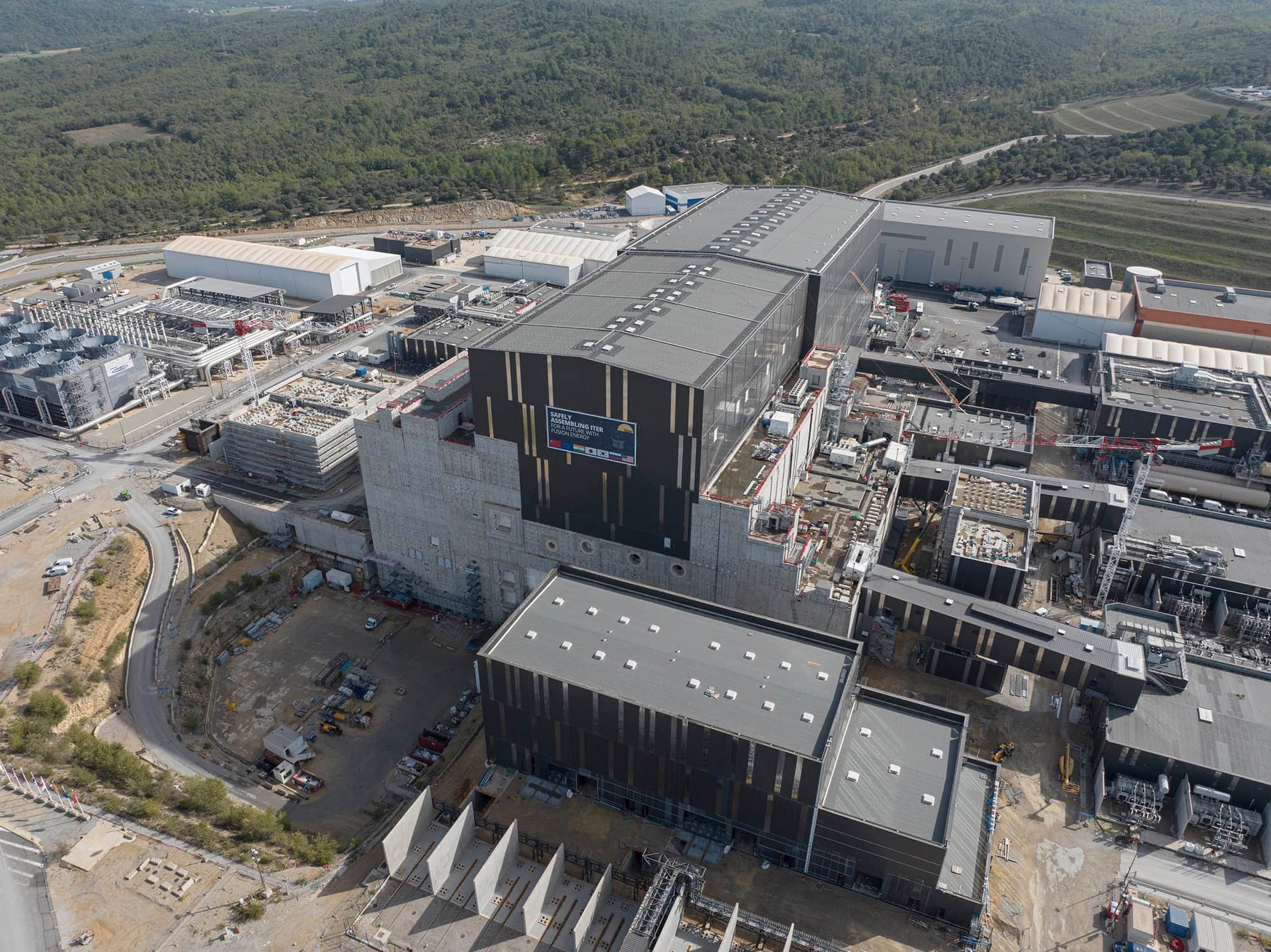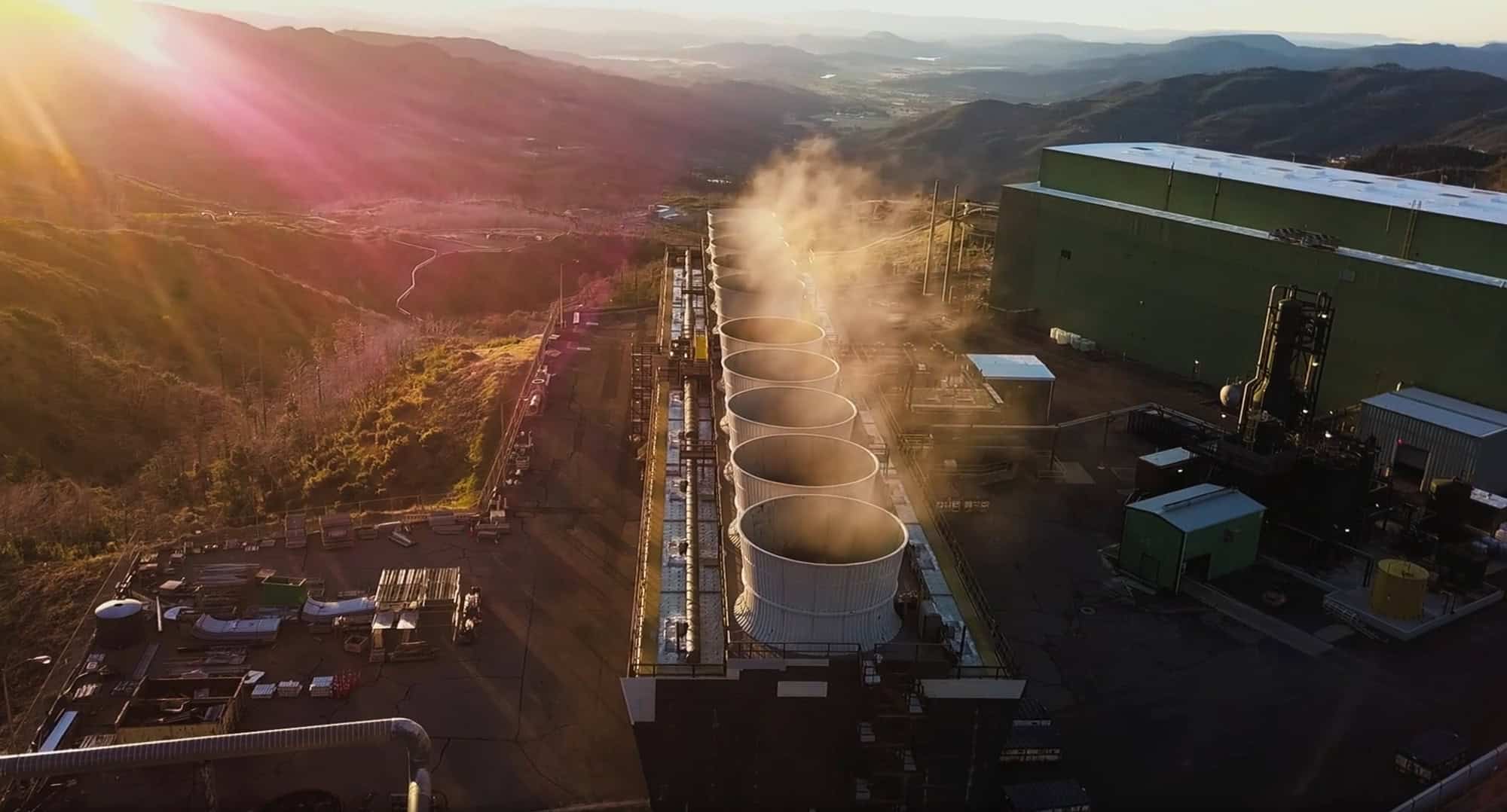When President Franklin D. Roosevelt and the U.S. Congress were looking for ways to fight the Great Depression, they drafted the Rural Electrification Act. Passed in 1936, the bill brought electricity to rural America and helped spark an economic recovery.
“As late as the mid-1930s, nine of 10 rural homes were without electric service,” wrote the National Rural Electric Cooperative Association, whose members today still power 56% of the American landscape. “Farmers milked cows by hand in the dim light of a kerosene lantern, and families relied on the wood range and washboard for cooking and cleaning.” Just 10 years later, almost all rural homes were connected to the grid. Electricity-powered irrigation increased farm earnings and helped rural economies grow.
Today, something similar is happening in Central Africa. In Cameroon, a country where more than half of the population lives in poverty and only 50% have access to electricity, a new electrification project has dramatically expanded the grid and extended reliable power to 13% of the nation’s people.
Lightbulb moment
Kalpataru Projects International Limited (KPIL), one of India’s largest engineering and construction companies, led the $110 million power line project and relied on the latest digital technology, ingenuity and collaboration to overcome daunting challenges. Those challenges included locating scarce construction equipment and finding a way to bring workers and materials to construction sites even if there were no usable roads and bridges. Weather also posed a problem, and teams had to prefabricate concrete transmission tower foundations to speed up work and beat the rainy season.
“Tropical climate, inclement weather and floods make for only four months of dry working conditions,” said Raghu Ram, senior vice president and project head at KPIL.
KPIL worked with Bentley Systems, an infrastructure engineering software company, to create a complete digital twin of the project. The firm used the digital model to design and lay out the transmission lines, enable collaboration and to train workers. KPIL and Bentley also used artificial intelligence (AI) and Internet of Things (IoT) technology to build an analytics platform to help identify potential on-site issues and reduce risks.
Digital twins integrate real-time data from sensors, IoT, and other sources and devices to reflect the state of the infrastructure. This continuous data feed, combined with historical performance records and sophisticated simulation capabilities, allows the digital twin to predict outcomes, simulate scenarios and provide visual representations that are remotely accessible. For example, KPIL used LiDAR – a laser-based remote sensing technology – to capture the topography of forests, wetlands and other hard-to-reach places.
In Cameroon, digital twins also allowed KPIL to leapfrog into the future and bypass old, inefficient processes that can slow projects and make them more expensive. “They skipped that pencil-and-paper phase we all had to go through and, in some cases, are still recovering from,” says Brad Johnson, an electric utility solutions director at Bentley Systems.
A river runs through it
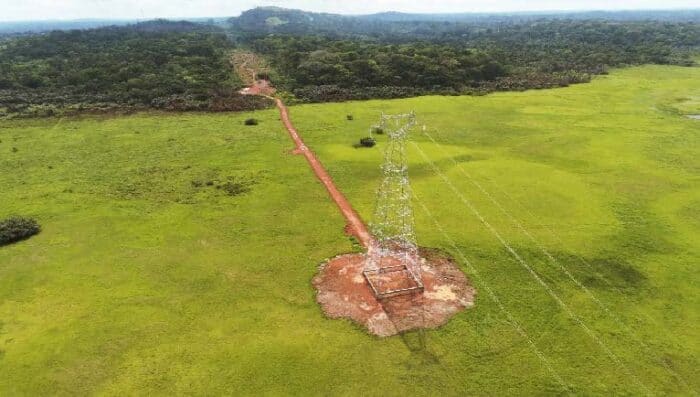 Aerial view of a transmission tower and line passing through dense forest and swampy areas.
Aerial view of a transmission tower and line passing through dense forest and swampy areas.The powerline project helps Cameroon extend the power grid and make it denser. Teams added two 225-kilovolt lines and substations that traverse nearly 300 kilometers of challenging terrain, including swamps, dense forests and a 1.1-kilometer river crossing. The first powerline, the Nkongsamba‐Bafoussam Line, benefits nearly 2.8 million people in both urban and rural areas by extending an existing line and making the power supply more secure. The second, the Mbang‐Yaounde Line, supplies electricity to more than 800,000 people in Cameroon.
The new grid is also scoring high in sustainability. It will cut Cameroon’s carbon emissions by 450 megatons a month by reducing the need for diesel power generation. “This project is bringing more energy that can be produced with cleaner, more sustainable methods,” like biofuels, hydropower and solar, Johnson says.
Just like during the New Deal, the government believes that electrification will spark many new economic opportunities, spur industrialization, and deliver social gains. “I would predict that we’ll see a rapid improvement in quality of life in Cameroon, much the same way we did throughout North America when we introduced our rural electrification programs,” Johnson says.
Johnson’s prediction is backed by data. In 2022, a Stanford University research team combined satellite imagery and AI to measure livelihood changes in Uganda. The study, which was published in the journal Nature, looked at increases in home construction, appliances, and other indicators of wealth. It revealed “some of the strongest and most direct evidence yet of the extent to which electrification fuels economic growth in the developing world,” the university said. “The researchers found that communities given access to electricity experienced improvements in their economic livelihoods roughly double that of regions without power.”
In Cameroon, KPIL consulted with local communities throughout the project. Teams changed the proposed route to minimize the line’s impact and built bridges in three villages to make commuting and transportation more accessible. They also created access roads to fishing spots on the Nyong River and cattle grazing in the hills, and provided study materials and food to remote village schools. “This is important work that directly impacts quality of life,” Johnson says. “That’s what gets me excited about it.”
A model for the world
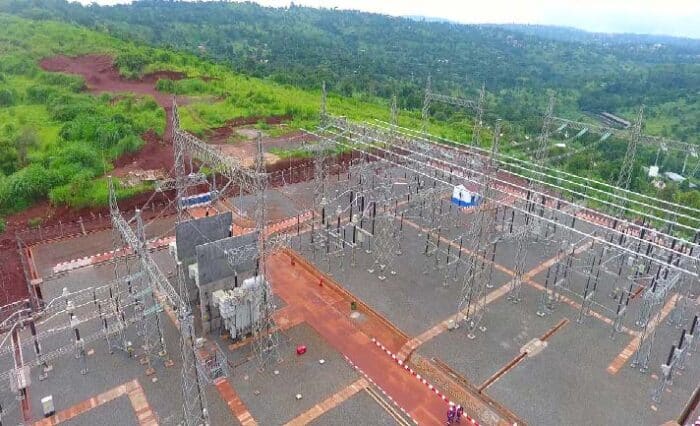 An overhead view of the Bafoussam electrical substation in Cameroon.
An overhead view of the Bafoussam electrical substation in Cameroon.Johnson believes that the world can learn from Cameroon’s recent electrification journey. “As their economy and their needs develop, it’s going to make it a lot easier to evolve all this new infrastructure because they’ll have high-fidelity data,” he says, noting that it includes the ability to test models based on a changing climate.
Cameroon’s experience also provides a roadmap for other developing countries and ensure they aren’t left behind. “This is the foundational level that allows them to enter the global economy in an even bigger way while also considering things like environmental impacts and social benefits because they’re meeting those basic needs of shelter and resource access safely,” Johnson says. “It’s creating the ability to pay closer attention to those higher-order items.
